Oh boy is there ever a problem between the three of the federal agencies that regulate how lead is handled in the residential remodeling world. The EPA’s RRP rule came out last April and Levco has been all over it with training and lead safe work practices. I knew that OSHA was in existence, In fact we’ve visited and I have heard speakers from the organization on many safety issues related to workers falling or being crushed or killed. We even implemented a safety talk and keep first aid kits on the job. HUD and their rules are well established too and are similar to RRP but there are glaring inconsistencies both within them, and between them.
It wasn’t until I was attending my third RRP training and dealing with the national NARI work group helping to create a NARI position statement that the light went on. I was looking at a Linkedin conversation where an Oregon painting firm was being required to do air monitoring by OSHA among other things, and my thought was that they were being unfairly persecuted. They were following RRP and doing everything properly, why beat them up with additional requirements. Don’t theses agencies talk to one another?
DING. I called local OSHA and low and behold Jacob Ewer told me that there is a very specific procedure for Lead in Construction that has been on the books for years. The trouble is that no one in the residential remodeling world knows about it, or is following that rule. What is my excuse? I thought the OSHA lead rule was for industrial exposures and commercial work. I suppose it is best suited for that application, but it is clearly intended to protect all employees and we all need to be aware the rules. We simply have no choice but to follow.
Turns out that The big 3 government agencies are divided up into OSHA being responsible for workers safety, EPA is responsible for public health and environmental safety, and HUD is all about safe housing.
My goal is to reach out to OSHA and get their assistance with becoming compliant then educate my fellow contractors in the ways of OSHA. All the while working behind the scenes to eliminate confusing rules, and overlapping regulations that make my job more difficult than I believe it needs to be.
Fortunately, in communicating with the local OSHA group we are a federally regulated unlike our surrounding states. That being said we still require training on hazardous things like being up on a ladder and dealing with fall protection, the difference is we can teach each other. Lead rules are going to take some time to grasp a better understanding of our responsibilities. When it comes to mask fitting, dealing with air pumps and monitoring, and all of the regulations that come with the Lead In Construction rule. If while monitoring air we reach the AL (Action Level) and or PEL (Permissible Exposure Limit) we must do medical monitoring including blood lead level. Those of you that thought the RRP rule was a hoot will love the fact that regardless of the amount of lead in a room, OSHA rules apply. My dream is that the big three can come together and devise one rule that makes sense and covers all issues related to property.


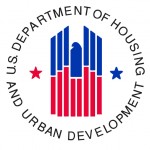

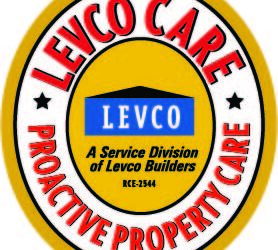

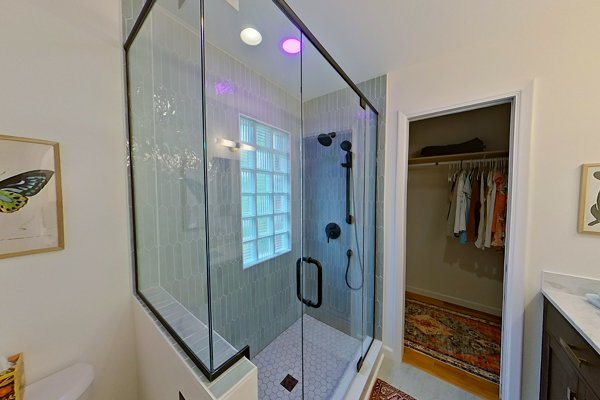
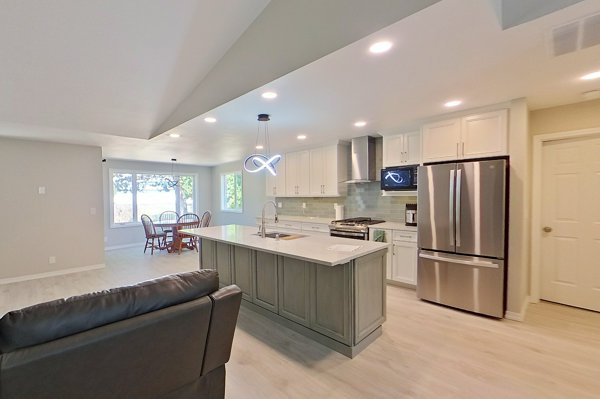
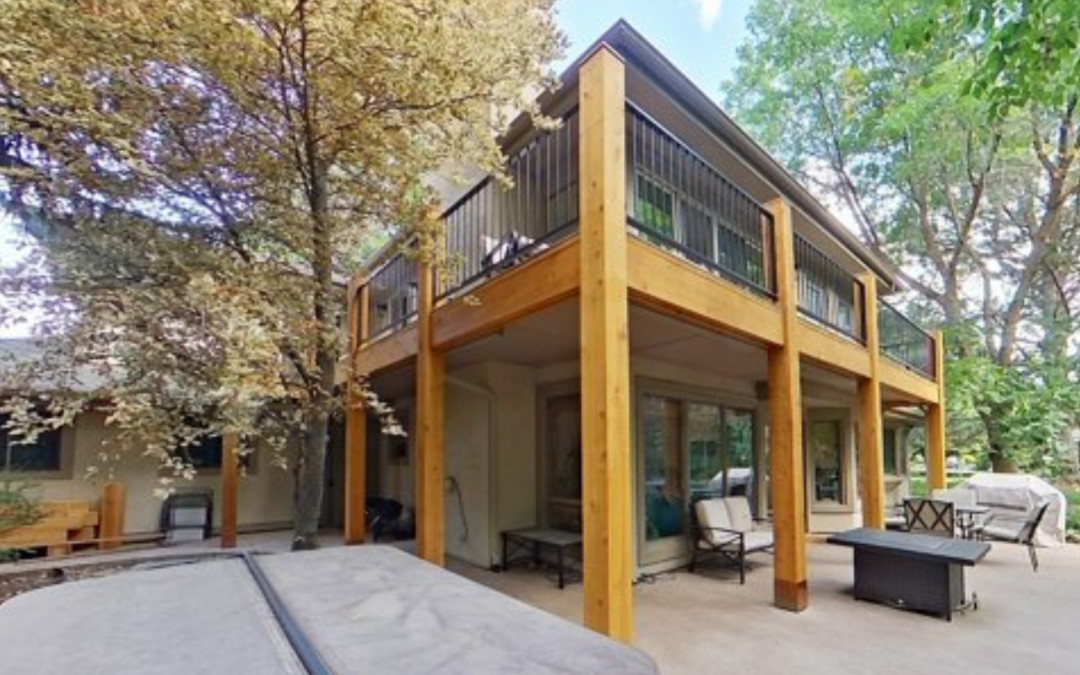

0 Comments